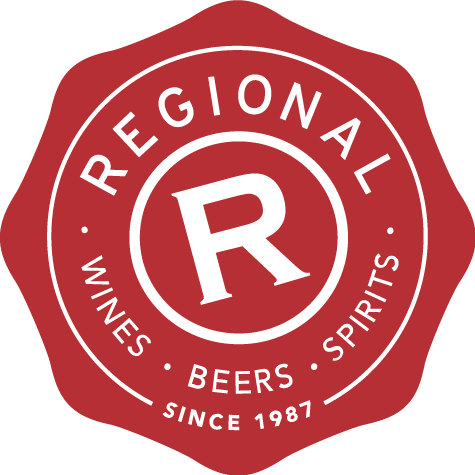From the Loire to Bordeaux and beyond
If you have ever wondered why an actor you’ve always admired seems to be perpetually cast in supporting roles and never lands the lead, it will be easy to relate to Cabernet Franc.
This beautifully fragrant grape and the dark, delicious wines it makes are usually purely a portion of another blended red, only occasionally making it to the bottle as the sole ingredient. But when it does, the results are impressive, as the best versions show, often from the Loire Valley where the grape is also known as Breton. It goes by another name in Bordeaux too, namely Bouchet, where it has been grown since at least the 17th Century.
One could argue that this seductive classic red could lord it over both Cabernet Sauvignon and Merlot. It is a parent of both of these better known grape varieties, but Franc tends to hang around the edges, adding its personality when needed with colour, depth and spice but rarely vying to be star. And yet, when it is allowed to shine, here is a grape and a wine to adore.
Cabernet Franc often makes a stand alone, single varietal wine in the Loire Valley but is nearly always blended in Bordeaux where it is considered to be one of three classic great red grapes, reaching its ultimate expression in the limestone soils, particularly on the right bank appellations of St Emilion and Pomerol.
Cabernet Franc is also planted in Italy where it is an ingredient (and occasionally a stand alone varietal red) in some of Bolgheri's best wines as well as in Friuli.
It also grows in the United States, most notably and most successfully in California's Napa Valley, as well as in Washington State and Oregon. It also grows in Argentina, Australia, Bulgaria, Canada, Chile, China, Croatia, New Zealand and Spain.
